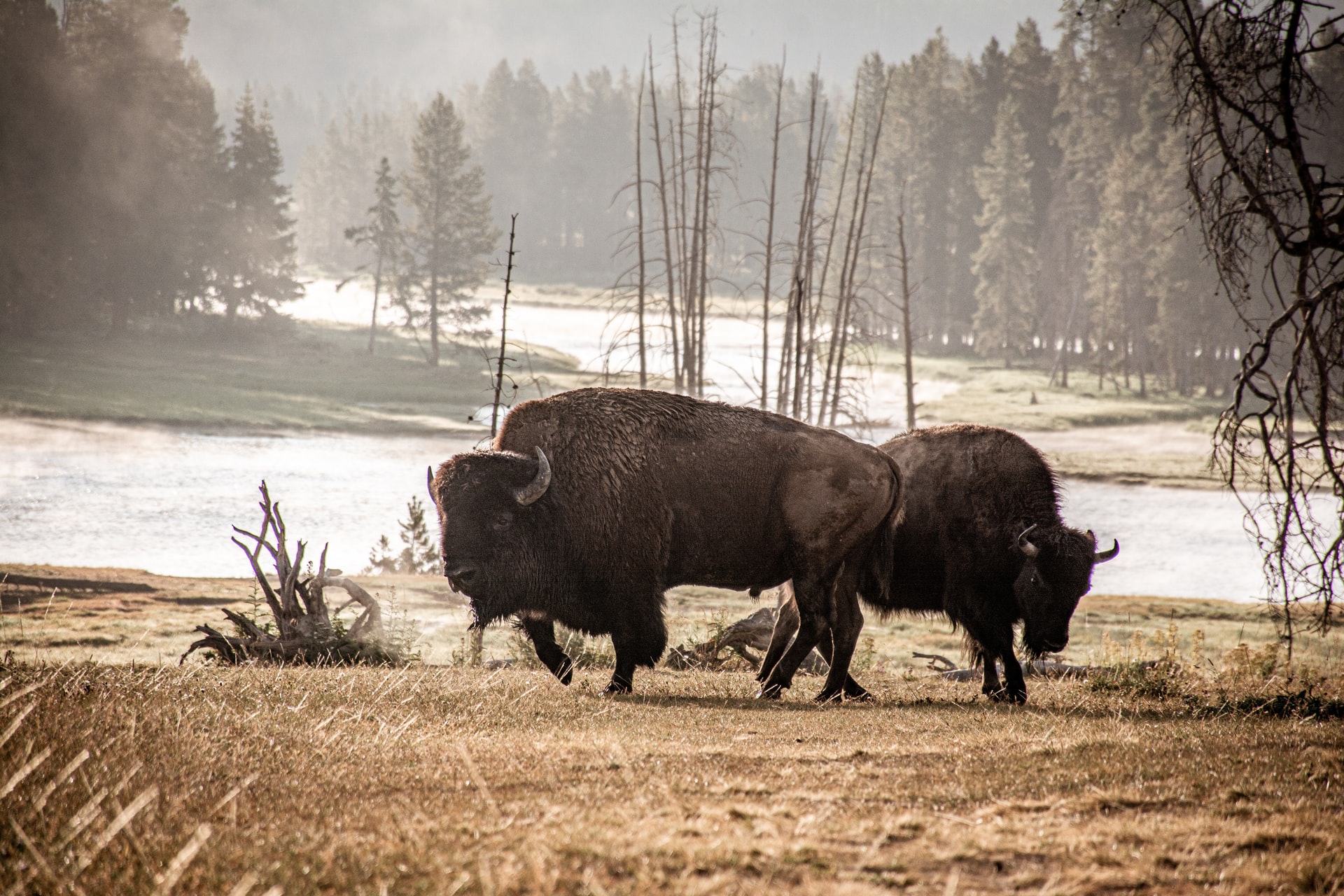Based on my experiences, it seems that most people who work in the travel industry do so because they love to travel. They recognize the meaningful experiences that arise while traveling. They have witnessed the positive impacts that tourism can have on local communities. By and large, they understand the power of personal connection and how travel can be used as a tool to bridge differences.
In establishing their tour companies, going to work for destinations, and becoming content creators, they intend to carry their ethos into their work. Many to whom I’ve spoken tell me they are completely committed to operating from a place of stewardship. They say they are committed to responsible practices and inclusive and equitable operations.
I don’t doubt any of these people mean what they say ... in theory.
And yet, when it comes to communicating their core values and ethos with external audiences, the story they tell does not reflect what they supposedly stand for. Or, the story they tell it isn’t communicated in a way that accurately reflects what they are trying to say.
A recent article in Smithsonian Magazine demonstrates what this looks like in practice. The article is about the vibrant history of Yellowstone National Park well before the U.S. government established it as a park in 1872. This is land that Indigenous people lived with abundance on the land for thousands of years, something the National Park Service is slowly beginning to reckon with, yet there’s still a problem with how it is communicating this story to travelers.
As noted in the article: “In the last three decades, the National Park Service has made substantial efforts to research and explain the Native American history and prehistory of Yellowstone, but the virgin-wilderness myth is still promoted in the brochure that every visitor receives at the park entrance: “When you watch animals in Yellowstone, you glimpse the world as it was before humans.”
Travel-related writing is awash in terminology that sounds tantalizing in marketing materials and consumer-facing travel articles — terminology like “untouched,” “natural,” and “pristine.” These words create a sanitized narrative that is attractive to travelers, but it isn’t accurate. Far worse, it helps maintain systems of white supremacy and contributes to ongoing oppression of marginalized people.
When we tell an inaccurate story like the one told at Yellowstone National Park, there is a cascading effect. Not only does it misrepresent the area’s history and erase the cultures of those who lived on the land before being forcefully removed, it can attract the wrong kind of visitor, establish inappropriate expectations, and encourage the ongoing telling of an inaccurate story.
Whether you represent a travel service provider or destination, consider the following questions before putting your next story out into the world:
First, who is your story attracting?
How are you portraying a place or experience? Is this a pretty backdrop perfect for social media — or is there more to its appeal? Are you attracting people who just want to try that unusual meal or participate in that interesting festival — or are they interested in the historical and cultural context? Is your audience as predictable as your story — or does your story attract a diverse audience with diverse stories of their own?
Will they spend money with local businesses and encourage sustainable development within the community? Or, are they likely to stick to international brands that contribute to tourism leakage?
Second, what expectations have you established with your story?
Do your stories lead travelers to believe they are at the center of the narrative — or do local people, challenges, and achievements play a central role? Is this travel experience dictated by consumers — or are local norms and expectations established? Do these stories align with travelers’ perceptions and place in the world — or have you opened the door for potential discomfort and new ways of thinking?
Have you been clear in establishing how you expect travelers to act and behave? Do they understand why it’s appropriate to act a certain way? Do they understand the consequences if they don’t follow the expectations established by local people and customs?
Finally, what does this story leave out?
Have you acknowledged the historical and cultural context of a destination or experience, even if it is uncomfortable and controversial? Is that context told from the dominant narrative, or have you invited those who are historically silenced to tell their stories?
Do travelers know about the challenges facing the destinations they visit — and do they know if and how they contribute to those challenges? When people visit a particular destination or participate in a certain activity, do they know where their money goes, who receives it, and what it funds? Who gets to decide the story being told — and whose voices go unheard?
Because we spend so much of our waking hours communicating, we often don’t think about the weight and repercussions of the words and images we put out into the world. Yet, when we commit to more mindful storytelling, we lay the foundation for a more sustainable, inclusive, and equitable tourism ecosystem that does a better job reflecting what we intend to deliver to the world.



